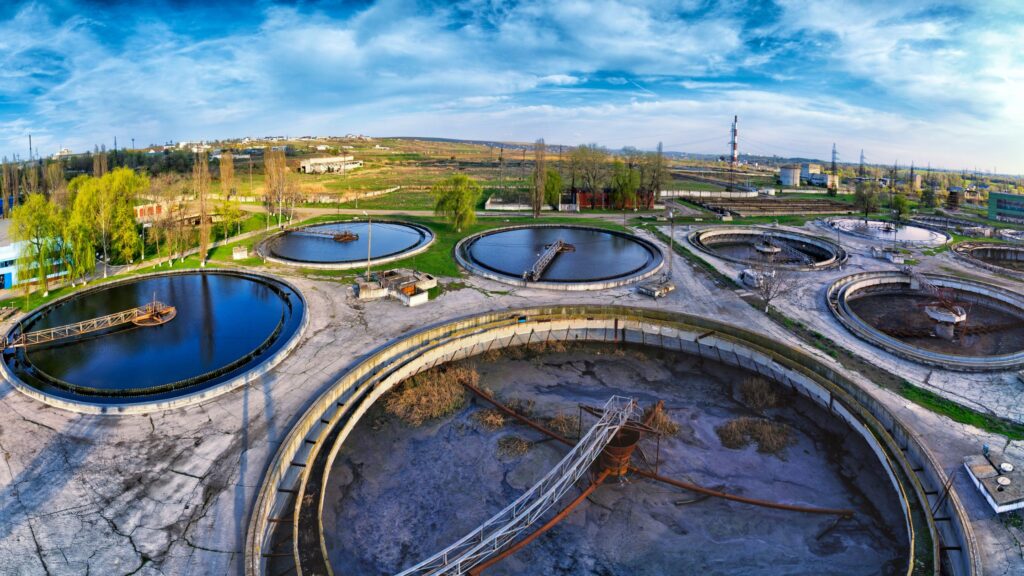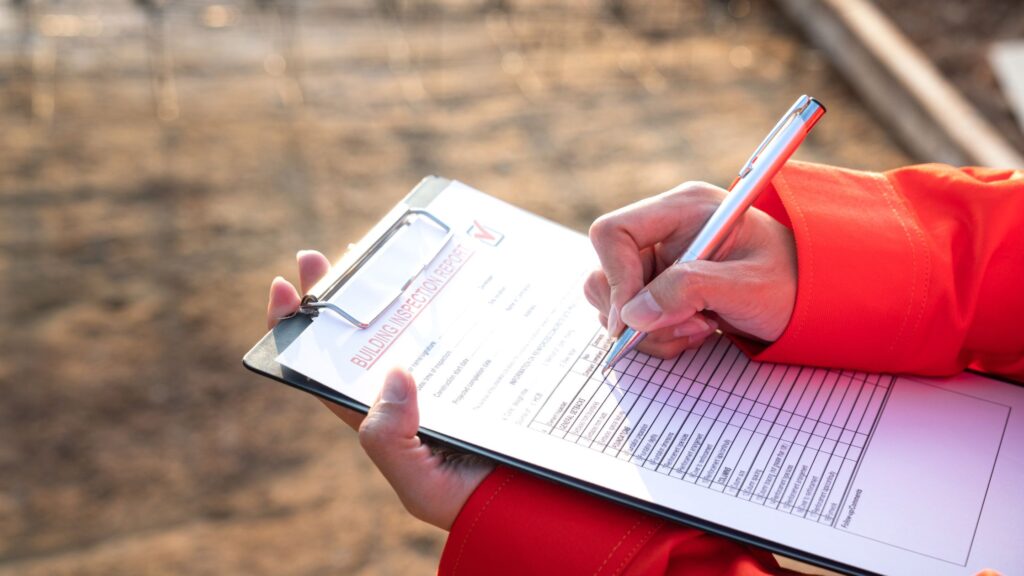Interpreting Results and Making Informed Decisions in Groundwater Monitoring
The ability to accurately interpret the results of groundwater tests is essential for making informed decisions that protect our environment and public health. This article delves into the interpretation of common substances monitored in groundwater, including Volatile Organic Compounds (VOCs), Semi Volatile Organic Compounds (SVOCs), and Per- and Polyfluoroalkyl Substances (PFAS), and the decision-making processes…
The Importance of Proper Data Analysis in Groundwater Monitoring
Groundwater monitoring is a critical aspect of environmental assessment, resource management, and contamination cleanup efforts. Accurate data analysis not only informs stakeholders of current conditions but also guides remediation and protection strategies. This article delves into the best practices and challenges in analyzing data from groundwater samples, with a focus on the treatment of passive…
Selecting the Right Type of Passive Groundwater Sampling Equipment
In environmental monitoring, selecting the best sampling equipment is crucial to your project’s success. If you are considering improving the sampling efficiency of your monitoring program with passive samplers, it is important to ensure the type of sampler you choose aligns with the needs of your project and the preferences of your team in the…
What Types of Sites is Passive Sampling Good For?
Passive groundwater sampling is an increasingly popular sampling method. Many firms are adopting passive sampling over traditional methods because of the huge time and cost savings it provides. But how do you know what sites are best suited for passive groundwater sampling techniques? This article will outline which sites are best suited for passive groundwater…
Understanding Passive Diffusion Bags (PDBs)
More than 20 years ago Passive Diffusion Bags (PDBs) were introduced as a more streamlined, cost-effective solution for sampling for Volatile Organic Compound (VOC) concentrations in groundwater monitoring wells. Passive diffusion samplers have become widely used in the years since their introduction, leading to the development and use of samplers using membranes with different pore…
Revolutionizing Groundwater Monitoring: The Advantages of Passive Grab Samplers
Whether you are assessing a site to understand potential contamination, watching for long-term changes, or evaluating the effectiveness of remediation efforts at known contaminated sites, groundwater monitoring is a critical aspect of environmental management. Bailing and pumping are active sampling methods that have been the de-facto methods for acquiring groundwater samples. Innovations over the past…
How To Implement Passive Sampling into Your Existing Groundwater Monitoring Program
Many active groundwater monitoring programs could benefit from implementing passive sampling methods on their site. But what is the best way to implement passive sampling into your existing program? While the idea of changing sampling methods mid-project may initially seem like a burden, the effort pays off quickly for the consultants and stakeholders who make…
Passive Groundwater Sampling vs. Traditional Methods
Environmental consulting often involves the crucial work of managing groundwater monitoring programs at impacted sites. Assessing groundwater quality and implementing a sampling plan have traditionally involved labor-intensive sampling methods, such as purging monitoring wells, before a sample can be acquired. Passive groundwater sampling methods, with their distinct equipment, methodology, and staffing requirements are rapidly rising…
Elevating Efficiency: The Compelling Advantages of Passive Groundwater Sampling
As groundwater sampling requirements have expanded, the use of efficient, cost-effective, and environmentally friendly sampling techniques have become a more common solution. Passive sampling offers numerous advantages over traditional active sampling techniques that rely on pumping and/or purging. This article explores the many benefits of passive sampling for those familiar with conventional groundwater sampling but…
What is Passive Groundwater Sampling?
Passive groundwater sampling is a technique that collects groundwater samples without the need for purging prior to sampling. A passive sampler captures a representative sample within a specific interval of the monitoring well screen, avoiding the aerated or stagnant water at the top of the screen or in the casing. This method utilizes the natural…










